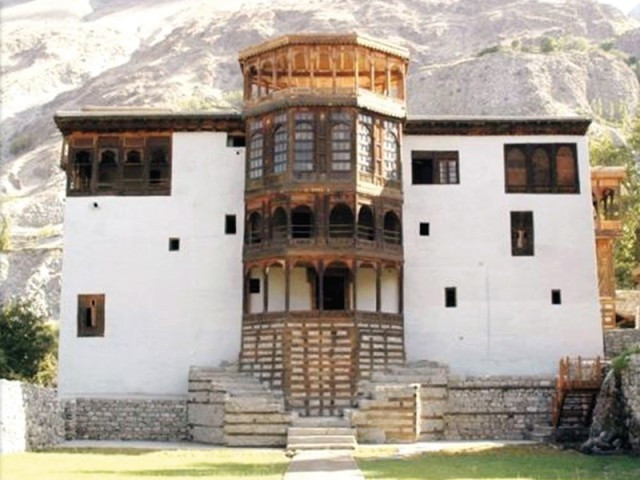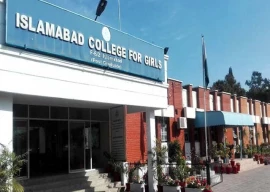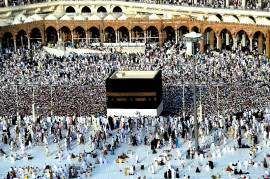
Khaplu Palace in Gilgit-Baltistan (G-B) has received an Award of Distinction in the UNESCO Asia-Pacific Heritage Awards 2013 for cultural heritage conservation.
The ceremony was held earlier this month in Bangkok to award initiatives which restored and conserved structures that are at least 50 years old.
The palace, built in the 1840s by Yabgo Raja of Khaplu, is now known as Khaplu Palace and Residence and is managed by Serena Hotels. It also won commendations in Virgin Holidays Responsible Tourism Awards’ ‘best for poverty reduction’ category in November 2012.

The selection of the palace for the UNESCO award was made in June this year after a panel of eight international conservation experts congregated from June 10 to June 12 in Bangkok to review and deliberate on 47 entries received from 16 countries across the Asia-Pacific region.
The winning team
“By the grace of God, our project has won this honour,” said Salman Beg, the Aga Khan Cultural Service Pakistan (AKCSP) Chief Executive Officer (CEO). The NGO renovated Khaplu Palace which is located north of Khaplu Town, about 400 kilometres from Gilgit.
“Recognition through such awards points to the cultural richness and plural heritage of Gilgit-Baltistan, where myriad influences such as Buddhist, Tibetan, Central Asian, Mughal, Kashmiri, and Iranian combined and brought into harmony a very unique Karakoram culture,” Beg told The Express Tribune.
The winners were selected based on the projects understanding and application of various criteria, such as articulation of the spirit of place, technical achievement, appropriate use or adaption, and the project’s contribution to the surrounding environment and the local community’s cultural and historical continuity.
“The jury highly commends your achievements and hopes you will continue to share the lessons learned from the project to encourage heritage conservation efforts in your country and the Asia-Pacific region,” UNESCO Bangkok Chief of Culture Unit Tim Curtis wrote in his letter to Beg.
The other projects which received Awards of Distinction included ‘The Great Serai, Kabul, Afghanistan’ and ‘Lal Chimney Compound, Mumbai, India’.
AKCSP, which is part of Aga Khan Development Network, won the first international award after it restored the historic Baltit Fort in 1996. Since then, it has won 16 awards, including 11 consecutive UNESCO Asia-Pacific Heritage Awards for Culture Heritage Conservation, two Pacific Asia Travellers Association Awards, two Virgin Responsible Tourism Awards, and two British Airways Tourism for Tomorrow Awards.
Published in The Express Tribune, September 10th, 2013.




















COMMENTS
Comments are moderated and generally will be posted if they are on-topic and not abusive.
For more information, please see our Comments FAQ